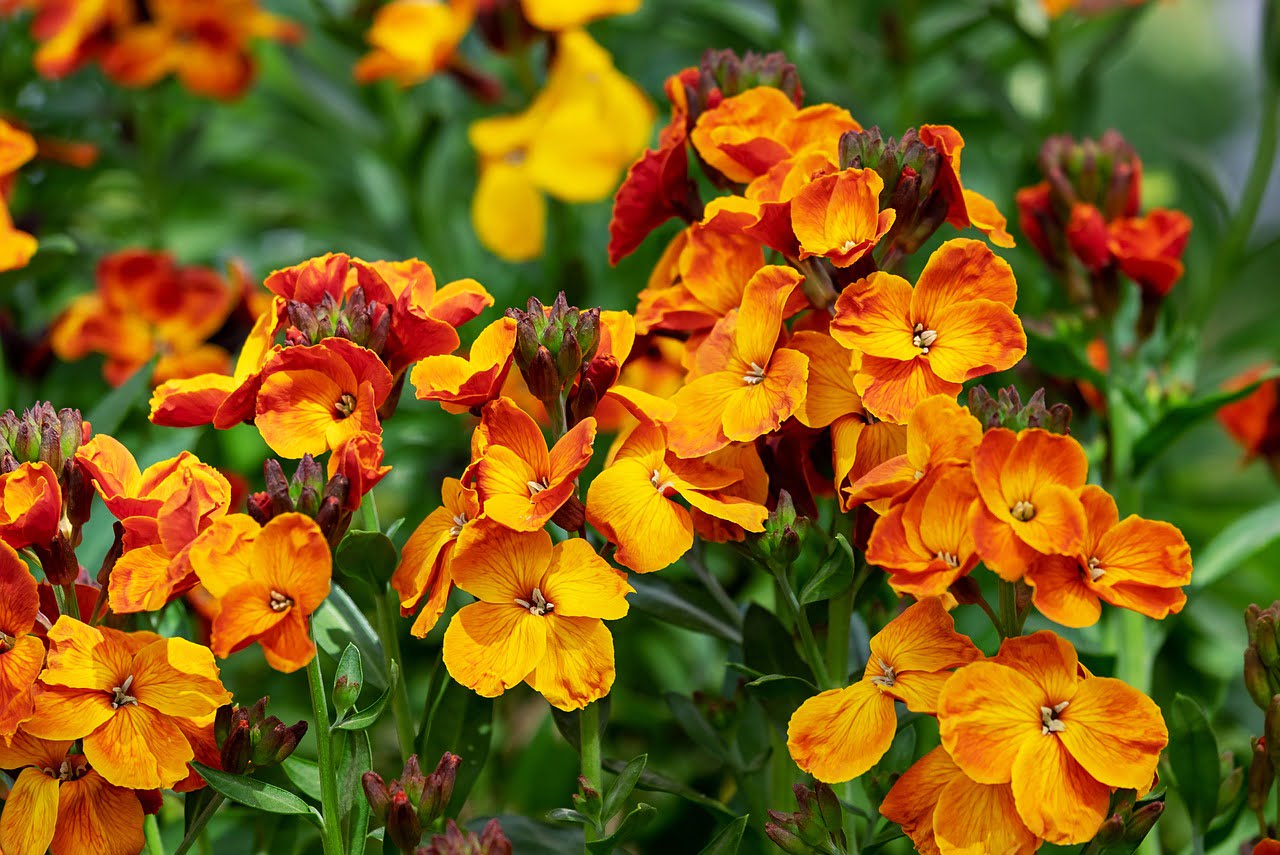
Growing Lobelia
Introduction
When it comes to adding color and vibrancy to your garden, few flowers can rival the beauty of Lobelia. These stunning plants are known for their striking blue, purple, or white blooms that gracefully cascade from hanging baskets, window boxes, or garden beds. If you want to create a captivating floral display in your garden, learning how to grow and care for Lobelia is essential. In this article, we will explore the steps to successfully cultivate these gorgeous flowers and enjoy a blooming paradise.
Table of Contents
Growing Lobelia
- What is Lobelia?
- Choosing the Right Lobelia Variety
- Selecting the Perfect Planting Location
- Preparing the Soil for Lobelia
- Planting Lobelia from Seeds
- Transplanting Lobelia Seedlings
- Caring for Your Lobelia Plants
- Watering Lobelia Correctly
- Fertilizing Lobelia for Optimal Growth
- Dealing with Pests and Diseases
- Pruning Lobelia for Fuller Blooms
- Propagating Lobelia for More Plants
- Overwintering Lobelia
- Common Companion Plants for Lobelia
- Conclusion
- FAQs
What is Lobelia?
Lobelia is a genus of flowering plants that belong to the Campanulaceae family. These versatile and charming flowers are native to various regions around the world, including North and South America, Africa, and Asia. Lobelia is characterized by its small, delicate, tubular flowers that come in various shades of blue, purple, and white. They are commonly used as ornamental plants in gardens and landscapes due to their eye-catching appearance.
Choosing the Right Lobelia Variety
Before you start Growing Lobelia in your garden, it’s essential to choose the right variety that suits your preferences and climate. Some popular varieties of Lobelia include:
- Lobelia erinus: This is the most commonly grown variety, known for its cascading growth habit and intense blue flowers.
- Lobelia cardinalis: Also known as Cardinal Flower, this variety boasts vibrant red blooms and prefers moist, boggy environments.
- Lobelia siphilitica: With its striking blue spikes of flowers, this variety thrives in partial shade and damp soil conditions.
- Lobelia laxiflora: Native to South Africa, this variety displays bright orange flowers and requires a sunny spot in the garden.
Selecting the Perfect Planting Location
For Lobelia to thrive, choosing the right planting location is crucial. These flowers prefer partial shade to full sun, depending on the variety. Ensure that the chosen spot has well-draining soil to prevent waterlogged roots, as Lobelia is sensitive to excessive moisture.
Preparing the Soil for Lobelia
Lobelia thrives in fertile, well-draining soil with a slightly acidic to neutral pH. Prepare the planting area by removing any weeds and adding organic matter like compost to enhance soil fertility. This will provide a nutritious foundation for your Lobelia plants to grow healthy and robust.
Planting Lobelia from Seeds
If you’re starting from seeds, sow them indoors six to eight weeks before the last frost date in your region. Fill a seed tray with seed-starting mix, scatter the tiny seeds on the surface, and gently press them down without covering. Mist the seeds with water, cover the tray with plastic wrap, and place it in a warm spot with indirect sunlight. Once the seedlings have grown a few inches tall and the threat of frost has passed, you can transplant them outdoors.
Transplanting Lobelia Seedlings
When transplanting Lobelia seedlings, ensure they are spaced appropriately to allow air circulation and prevent overcrowding. Dig holes in the garden bed that are slightly larger than the root balls of the seedlings. Gently remove the seedlings from the tray, being careful not to disturb the roots, and place them in the holes. Fill the gaps with soil, pat it down gently, and water the newly transplanted Lobelia.
Caring for Your Lobelia Plants
Lobelia is a relatively low-maintenance plant, but it still requires proper care to thrive. Here are some essential care tips:
- Watering Lobelia Correctly: Keep the soil consistently moist, but not waterlogged. Water the plants at the base to prevent wetting the foliage.
- Fertilizing Lobelia for Optimal Growth: Feed your Lobelia with a balanced liquid fertilizer every two to four weeks during the growing season.
- Dealing with Pests and Diseases: Watch out for pests like aphids and slugs. If any issues arise, address them promptly using organic pest control methods.
- Pruning Lobelia for Fuller Blooms: Regularly deadhead spent flowers to encourage continuous blooming and trim back leggy growth to maintain a neat appearance.
Conclusion
Lobelia is a stunning addition to any garden, providing a burst of color and beauty. With the right care and attention, you can enjoy these lovely flowers cascading gracefully in your garden beds or hanging baskets. Remember to choose the suitable variety, prepare the soil well, and provide adequate care to ensure your Lobelia plants thrive and bring joy to your outdoor space.
FAQs
1. Can Lobelia grow in full sun?
Yes, some varieties of Lobelia can tolerate full sun, but most prefer partial shade to thrive.
2. Is Lobelia an annual or perennial plant?
Lobelia is mostly grown as an annual, but some perennial varieties exist as well.
3. How often should I water my Lobelia plants?
Water your Lobelia when the soil feels slightly dry, usually every 2-3 days, depending on the weather conditions.
4. Can I grow Lobelia in hanging baskets?
Absolutely! Lobelia looks stunning when grown in hanging baskets, as its trailing habit creates an enchanting display.
5. When is the best time to propagate Lobelia?
The best time to propagate Lobelia is in spring when new growth begins, or in early summer before the plant reaches its peak blooming season.